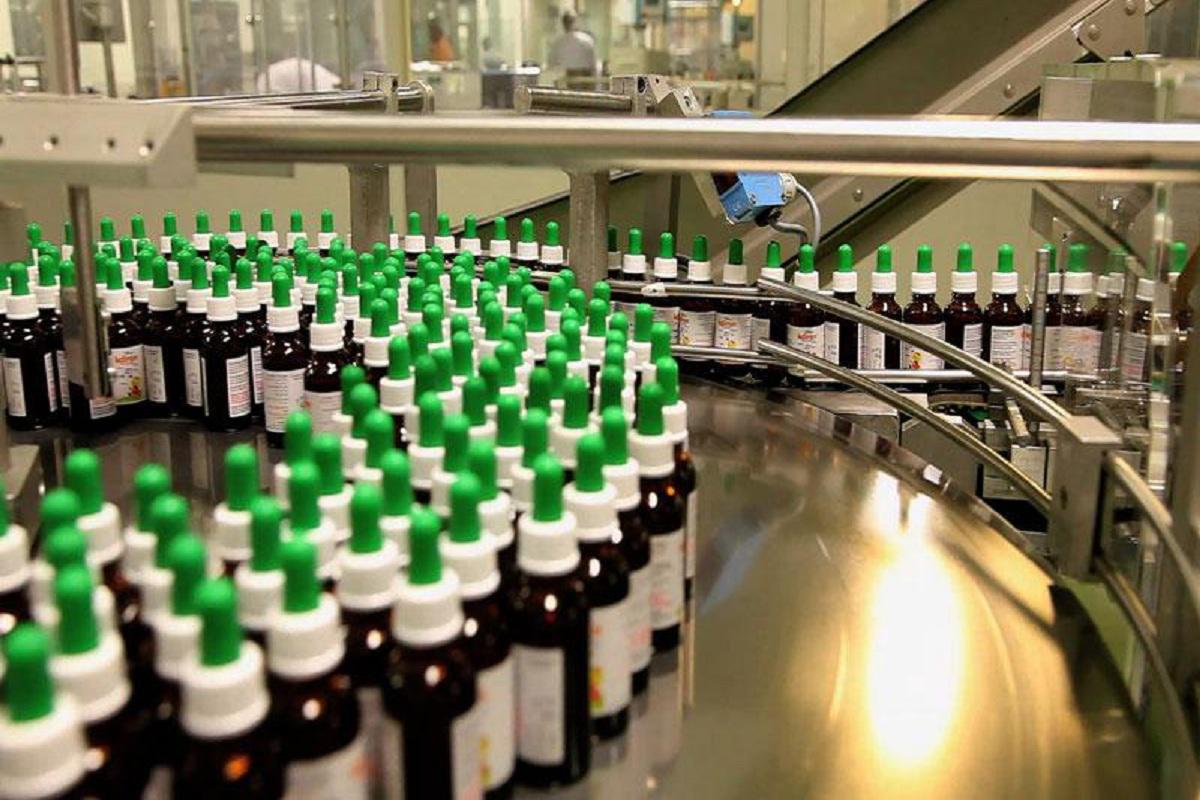Today, continuous manufacturing is being used in many industries. For decades, batch processes used to make pharmaceuticals have been complex and expensive, but new technologies are changing that. For example, in the pharmaceutical business, companies like ConsiGma provide plug-and-play continuous manufacturing equipment that turns powders into tablets in one continuous process, saving time, raw materials, energy, and money.
Pharmaceutical manufacturers are now using flexible, multipurpose platforms that allow users to create integrated process models, conduct process simulations, perform sensitivity analysis, assess and evaluate design spaces, and optimize the entire process from beginning to end.
As expected, the pharmaceutical industry isn’t the only sector to be capitalizing on continuous processes of manufacturing. For example, foam manufacturers are now using continuous manufacturing in polyurethane foam plants. Screw manufacturers are now using continuous manufacturing to make screw flights using continuous augers.
In order to create high-performance continuous manufacturing equipment, sophisticated IT software is required, and certain specifications such as ISA 88 must be met. Cleaning validation and some continuous manufacturing processes use a lifecycle approach to developing GMP-compliant cleaning procedures that work in this new manufacturing model.
The success of continuous manufacturing has been so complete that the US Food and Drug Administration (FDA) is beginning to require manufacturers to switch from batch to continuous manufacturing. See the FDA’s presentation here. While the switchover will be expensive and time-consuming, the benefits will outweigh these costs. Due to the general lack of expertise and experience in setting up continuous manufacturing operations, implementation takes time and expertise.
The following video explains OCR Gateway’s batch and continuous manufacture equipment and techniques.







